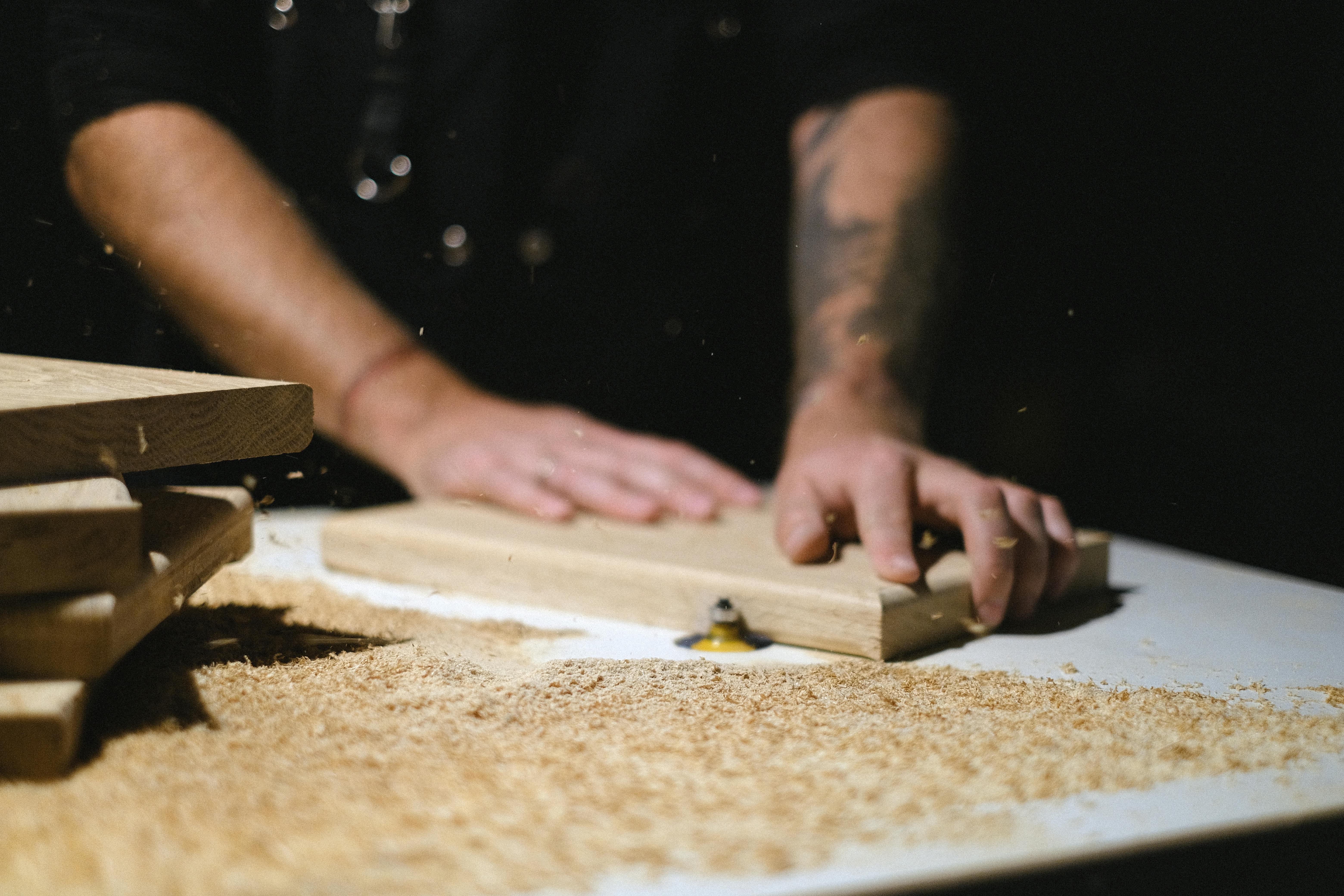Skin Care History Part 12: The Late Middle Ages and the Italian Renaissance, 1400-1499
Smile like the Mona Lisa
While medieval feudalism continued in most of Europe, the 13th century saw a cultural revival in Italy. Aptly named the Renaissance, which is French for “rebirth,” this period saw culture flourish as it had not since the time of the Roman Empire. Indeed, the Renaissance began as a revival of classical culture, inspired by the discovery of great Roman monuments that had been buried for centuries. During this period, citizens of Italian cities such as Florence and Rome attempted to recreate what they believed to be authentic classical society. They fostered philosophy, invention and the arts and this movement gave birth to many multi-talented Renaissance men such as Michelangelo and Leonardo da Vinci.
You need look no further than Renaissance art to see the era’s ideals of feminine beauty. The portraits show women in loose, flowing dresses. Her skin is pale, her cheeks are bright, and her lips are often a deep red. The ideal woman of the Renaissance was somewhat voluptuous and, although her dress was loose, the material was thin and clingy and revealed much more of her body than was allowed during the Middle Ages. Despite the more revealing clothing, her face, and especially her forehead, remained the focal point of her body. She was also the part of the body that received the most attention in the form of skin care products and cosmetics.
an effervescent glow
Many materials used in composition from this period would be considered toxic today. At the time, however, women believed they were using natural powders and minerals to lighten their faces and give their skin an effervescent glow. As had been the case for centuries, a pale complexion was still considered a sign of wealth and beauty. While Renaissance women had no way to permanently whiten their skin, their skin care regimens included dusting their faces with various white powders. White lead and chalk were still two of the most common ingredients in face powders, and some women even tried lightening their skin with arsenic powder.
Once the perfect pale complexion had been achieved, Italian women would apply a number of other powders to highlight their cheeks, lips, and bustline. Silver mercury was often mixed with lead or chalk and brushed onto the apples of the cheeks and upper chest. Vermilion, a red substance made from cinnabar, was used to paint lips. While deep red lips were considered fashionable, it was also acceptable to have natural or lightly tinted lips. Women continued to pluck their hairlines and eyebrows for a smooth, broad forehead. To combat any signs of redness or irritation, they would also rub pumice stones along the hairline. (You can read more about Renaissance cosmetics here: http://www.thebeautybiz.com/78/article/history/beauty-through-ages-renaissance)
Cleanliness: an artistic concern
Throughout the Renaissance, cleanliness and hygiene became increasingly common themes in painting and literature. A clean body was often used as a metaphor for a clean spirit. Alternatively, the latrine became a sign of filth and was often used as a metaphor for moral turpitude. It is not surprising that the citizens of Renaissance Italy were obsessed with hygiene, given that they modeled their society on the Romans, who had been legendary for their bathing rituals. However, cleanliness was not just an artistic metaphor, but a practical concern. Italy had survived several plague outbreaks and staying germ-free was a matter of life and death. Additionally, many people strove to live the philosophies that were explored in the art of the time. Frequent bathing was a sign of dignity and social distinction. These were issues of great concern to many Renaissance artists and philosophers. (You can read more about attitudes towards cleanliness here: http://www.cornellpress.cornell.edu/book/?GCOI=80140100824360)
Skin care treatments during the Italian Renaissance were, in practice, very similar to those of the Middle Ages. Bathing rituals were similar, skin care products were similar, and cosmetics were similar. However, what had changed was the attitude towards these practices. Whereas medieval women had viewed cosmetics simply as a way to appear more attractive, Renaissance women strove for a transcendent ideal that combined classical philosophy and art with physical beauty and human distinction.
